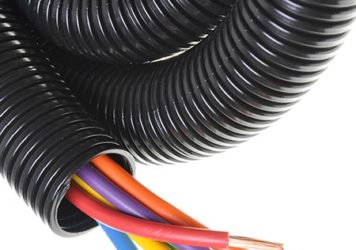
Polyurethane vs. Nylon
Use Polyurethane Vs Nylon to Your Advantage!
Nylon and polyurethane (commonly called Urethane) are two popular choices for custom extruded plastic tubing materials. So which is better when it comes to Polyurethane vs. Nylon plastic?
Both plastic profiles have advantages and disadvantages depending on what they are used for. The most important features impacted by material type are flexibility and temperature resistance. Regarding flexibility, there is a trade-off between bending capability and endurance. Polyurethane is recommended for custom plastic tubing applications that require a tighter bend radius. Nylon, meanwhile, can better withstand repeated flexing and is available in a range of grades, from flexible to semi-rigid to rigid.
 When to use Nylon?
When to use Nylon?
Nylon enjoys a higher heat deflection temperature than polyurethane, as well as better chemical resistance and higher working pressure. Polyurethane and nylon both provide excellent abrasion resistance, offering protection from oils and fuel. In terms of crack resistance, nylon takes the cake and serves as something of a standard for industrial applications that require increased heat and chemical resistance.
For many reasons, Nylon is popular in the plastic extrusion industry. If you want to learn more about Nylon and why it’s such a popular choice be sure to click the link.
Polyurethane tubing comes in two major types: polyester-based and polyether-based. Polyester-based polyurethane tubing is more resistant to fuels and oils. Polyether-based tubing is better when dealing with water or high humidity and is less affected by cold temperatures than polyurethane. On the flip side, polyesters can withstand sustained high temperatures more capably than polyethers.
 When to use Polyurethane?
When to use Polyurethane?
Polyurethane commonly sees use in applications for wire abrasion protection while nylon sees the brunt of its use in chemical transport, refrigerators, air conditioners, and large-scale hydraulic lines. Polyurethane tubing comes naturally in a transparent amber cast but is also available in custom colors. Like nylon, its degree of hardness can vary, although only from flexible to semi-rigid in this case.
While both plastic materials clearly have their uses, nylon is generally regarded as superior for custom plastic tubing that requires high temperatures and pressures.
Back to Blog



